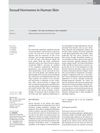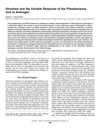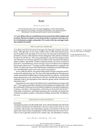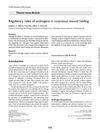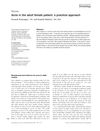Gender Differences in Skin: A Review of the Literature
December 2007
in “
Gender Medicine
”
acne skin cancer wound healing immunology hair loss sex hormones estrogens androgens skin thickness immune function infections autoimmune diseases alopecia male pattern hair loss androgen levels female pattern hair loss enzyme activities sebum production eczema skin grafts immune system hormones estrogen androgen male pattern baldness female pattern baldness
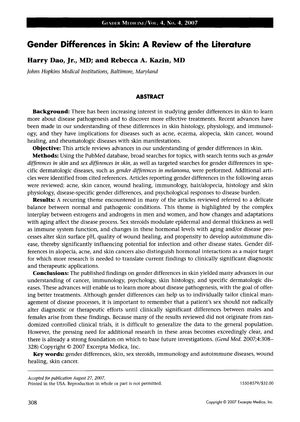
TLDR Male and female skin differ due to hormones, affecting conditions like hair loss, acne, and skin cancer, and suggesting a need for gender-specific treatments.
The 2007 review explored the differences between male and female skin, examining various aspects such as acne, skin cancer, wound healing, immunology, hair loss, and psychological responses to skin conditions. It found that sex hormones, particularly estrogens and androgens, play a significant role in skin characteristics like thickness, immune function, and wound healing, which can affect susceptibility to infections and autoimmune diseases. Gender-specific patterns were observed in conditions like alopecia, acne, and skin cancers, suggesting the need for gender-tailored treatments. For instance, male pattern hair loss is linked to androgen levels, while female pattern hair loss is not and may benefit from different enzyme activities. Acne is influenced by sebum production, which is affected by sex hormones, with men potentially experiencing more severe cases. The review also noted gender differences in the prevalence of eczema in children and in the healing of wounds and rejection of skin grafts in adults. It highlighted the importance of considering gender in dermatological research and treatment, but also cautioned that the findings were not all from randomized controlled trials and thus may not be widely applicable. More research is needed to further understand these differences and improve clinical outcomes.
